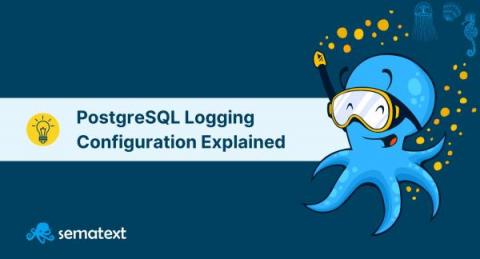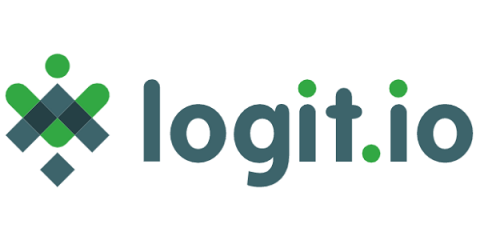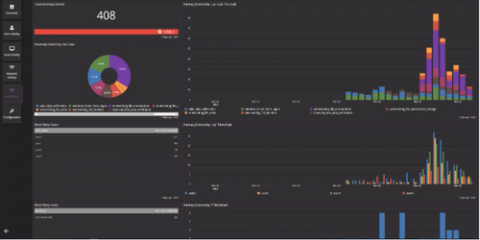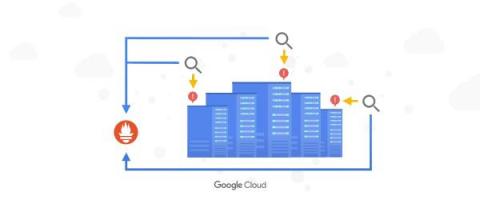The Cribl Packs Dispensary - A Place to Share and Care
Building Packs is good. Sharing Packs is better! The Cribl Pack Dispensary is the go-to place to find, install and share Cribl Packs. What are Packs? A Cribl Pack is a collection of pre-built routes, pipelines, data samples, and knowledge objects. Packs enable sharing of best-practice configurations that route, shape, reduce and enrich the log source, Palo Alto Networks logs for example. And it’s the quickest, easiest way to get started with Stream and Edge supports Packs too.











